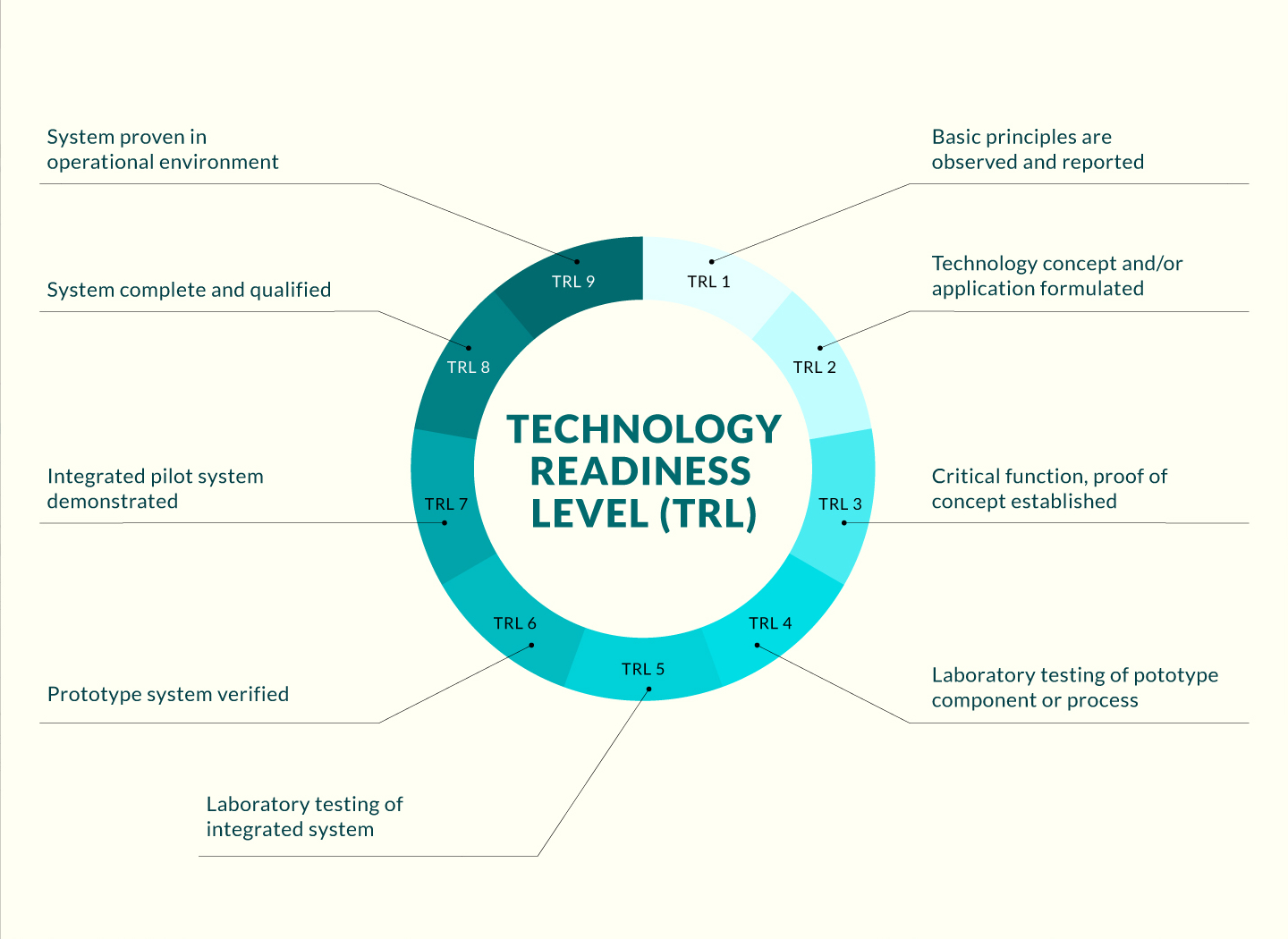
Opportunity
Optical lenses are limited by materials and surface profiles, and achieving chromatic aberration correction and multifunctionality often requires choosing multiple materials and complex lens assemblies. Meta-lenses, composed of artificial antennas array, offer the possibility of achieving various special functionalities at thicknesses close to the wavelength scale. Meta-lenses have several advantages, including being ultra-thin, flat, lightweight, customizable in functionality, and compatible with semiconductor manufacturing techniques. By utilizing meta-lenses in imaging and sensing systems, highly integrated and miniaturized systems can be achieved, offering significant benefits for future advanced imaging and sensing devices.
Technology
This patent aims to design an intelligent depth detection system that is suitable for any level of light intensity. The system is characterized by miniaturization and integration, making it applicable to any scene with varying lighting levels and texture levels. The intelligent depth detection system is composed of an achromatic meta-lens array and its special optical path design. Under sufficient lighting conditions, the system functions as a light field camera to collect light field information. Under no-light conditions, the system operates as a structured light imaging system. The same achromatic meta-lens array can be used as a core component for both light field imaging and structured light projection systems. The depth information from both modes is analyzed and extracted using convolutional neural networks for intelligent depth analysis. This system provides a new and reliable depth perception approach for applications such as autonomous driving, machine vision, human-computer interaction, and augmented reality.
Advantages
- The system can detect depth under any lighting conditions.
- It can detect depth regardless of the presence or absence of texture in the scene.
- The system can perform chromatic aberration correction for optical imaging under different lighting conditions.
- Depth data is intelligently processed using deep learning techniques.
Applications
- Autonomous driving
- Machine vision
- Human-computer interaction
- Augmented reality



